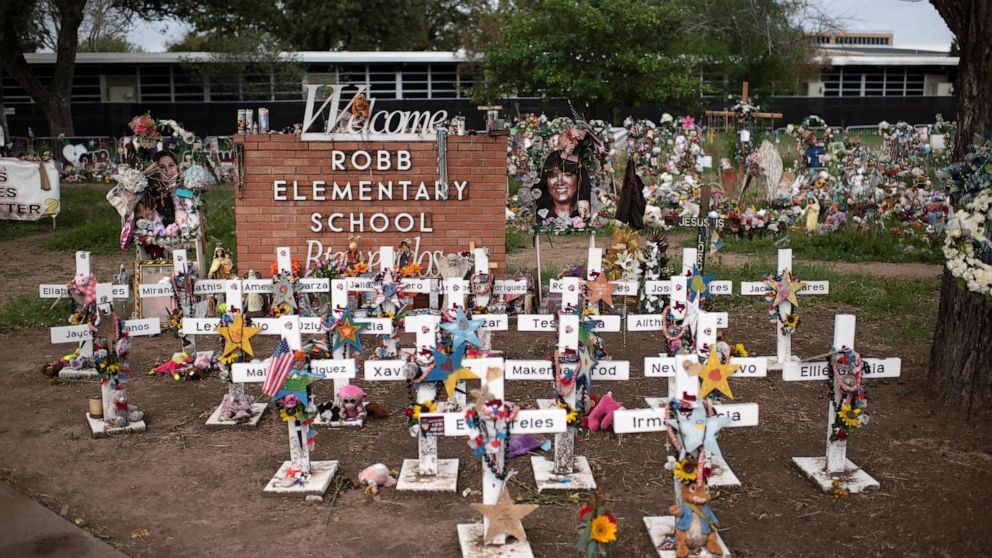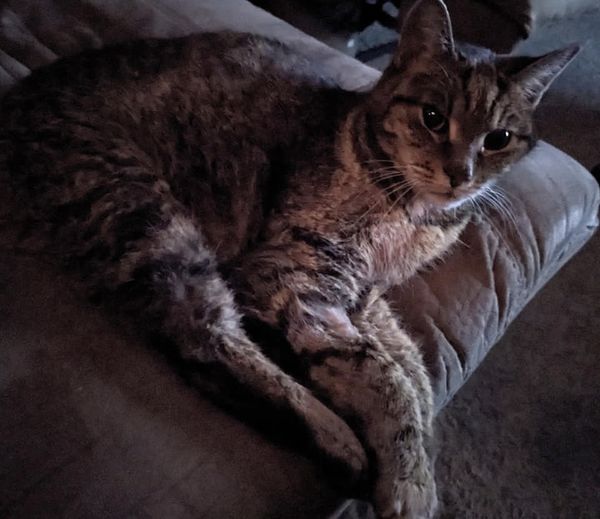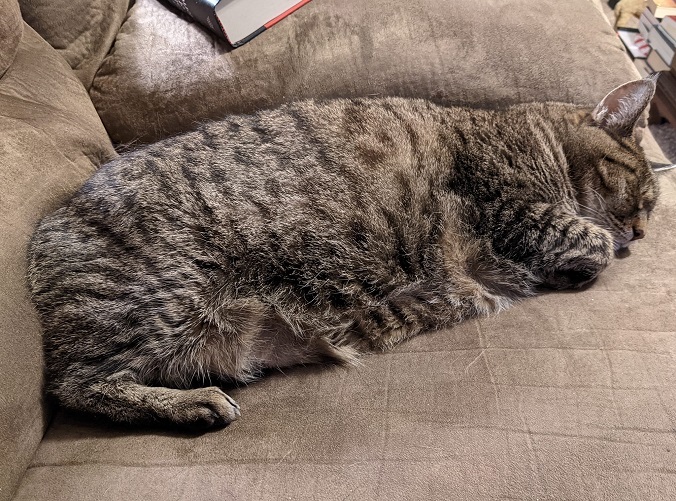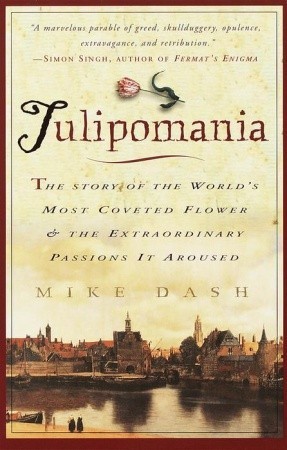Some Gave All

This Memorial Day, I’d like to take a moment to honor the many, many Americans who have lost their lives to mass shootings over the years.
Does it make sense to think of the victims of domestic mass shootings as casualties of war? Well, it might, depending on how you define “war.” Let me make an argument.
In the aftermath of the United States invasion of Iraq in 2003, there was a proctacted period of low-level violence perpetrated by enemies of the U.S. regime who were trying to thwart its efforts to maintain order. I mean “low-level” in contrast to the “shock and awe” that had just come before, when U.S. forces admitted themselves into the country. The long insurgency that followed the invasion was the “mission not accomplished” phase of the Iraq War, and became known as “post-conflict stabilization” in the prominent strategic theories of the time, which imagined the U.S. toppling evil dictatorships and spreading democracy around the globe. Those were the heady “sole superpower” days when neoconservatives dominated U.S. foreign policy.
This gist of these theories was that governments which controlled powerful militaries needed to become adept at fighting much more poorly equipped enemies who used “asymmetric warfare,” which used to simply be called guerilla warfare. Great Power war was out, because of U.S. hegemony and/or strategic nuclear weapons, but now there were these new “small wars” where the battlefield wasn’t strictly defined and encompassed civilian spaces. “Superempowered individuals” exploited open networks to wreak havoc on civilians and undermine the authority of governments, as happened in the U.S. in the September 11 terrorist attacks, and then happened over and over again in Baghdad, outside of the “green zone” where the occupying forces maintained their headquarters.
In those days there was this sense that such violence and instability were only a problem “over there,” which we lucky First World Americans witnessed from a distance, except in rare moments such as 9/11. Somehow, terrorist attacks on our nation were the result of malcontents who hated our freedom, which is why we were obligated to go deal with them on their territory. This poem by Alicia Ostriker expresses the sentiment brilliantly.
The Window, at the Moment of Flame
And all this while I have been playing with toys
A toy power station a toy automobile a house of blocksAnd all this while far off in other lands
Thousands and thousands, millions and millions—You know—you see the pictures
Women carrying their bony infantsMen sobbing over graves
Buildings sculpted by explosionEarth wasted bare and rotten—
And all this while I have been shopping, I haveBeen let us say free
And do they hate me for itDo they hate me
-Alicia Ostriker
We gave up on all that, and now it seems that our own government is suffering from stability issues right here at home. The partisan divide is so deep that many Americans fear there could be another civil war. We almost didn’t have a successful transition of power in the last Presdiential election.
After January 6, I wrote a blog post suggesting that the United States now faced the thorny problems of small wars and post-conflict stabilization on the domestic front. National guardsmen holding down the Capitol building just looked so much like there was a green zone in Washington, D.C. itself.
What does this have to do with mass shootings? Mass shooters have many motivations, sometimes completely inscrutable, sometimes plainly laid out in manifestos or evident from their background and social media posts. Undeniably, one motivation is hatred and anger stirred up by interactions in online networks and by the spreading of divisive messages and misinformation.
Mass shooters, even teenaged ones, also have ready access to powerful firearms, despite majority support for stricter gun control. This is because we do not have a functional democracy, in which the majority viewpoint can prevail in law.
This takes me to another strategic theory, the concept of a “hybrid war,” which combines conventional military means with cyberwarfare and with social network attacks spreading “fake news,” inciting “stochastic terrorism,” and interfering with democratic elections. This is a kind of warfare favored by Russia; in fact, Putin’s infamous Wagner Group of mercenaries is headed by the same guy who ran the Internet Research Agency that interfered with the 2016 U.S. Presidential election. It’s not really a stretch to say that the U.S. has been in a hybrid war with Russia (with Ukraine as a proxy) since the late 2010s.
In this “informational market state” in which we live (pardon me for dredging up more theories), security threats come primarily from individuals exploiting open networks. Clearly, young men who are radicalized on the Internet and can easily acquire an AR-15 at the corner gun shop are just such individuals. So long as government remains paralyzed and individual rights are triumphant, the threat of mass shootings will remain.
To whatever extent these factors are tied up in a global market state conflict pitting alternate ideological camps against one another, you could say we are in a state of war. Call it World War III, the hybrid version. Call it Cold Civil War II. It hardly matters. Perhaps it makes more sense simply to consider that, through our choices, we have made our society into an active war zone.
And so the victims of mass shootings are casualties of war.
So let us pause on this Memorial Day and reflect on the lives of the many Americans who have been gunned down going about their daily business, as our government flounders, unable to gain any traction on control over access to deadly weapons, even as firearms have now become the leading cause of death for children. Let us remember their sacrifice, and the sacrifice of the many more schoolchildren, shoppers, concertgoers, church and synagogue attendees, and other ordinary men, women and children, going about their ordinary business, who will give their lives in the years to come. They are paying the price of freedom.
I conclude this post with a thougthful poem by the late Muriel Rukeyser.
Poem (I lived in the first century of world wars)
I lived in the first century of world wars.
Most mornings I would be more or less insane,
The newspapers would arrive with their careless stories,
The news would pour out of various devices
Interrupted by attempts to sell products to the unseen.
I would call my friends on other devices;
They would be more or less mad for similar reasons.
Slowly I would get to pen and paper,
Make my poems for others unseen and unborn.
In the day I would be reminded of those men and women,
Brave, setting up signals across vast distances,
Considering a nameless way of living, of almost unimagined values.
As the lights darkened, as the lights of night brightened,
We would try to imagine them, try to find each other,
To construct peace, to make love, to reconcile
Waking with sleeping, ourselves with each other,
Ourselves with ourselves. We would try by any means
To reach the limits of ourselves, to reach beyond ourselves,
To let go the means, to wake.I lived in the first century of these wars.
-Muriel Rukeyser (1913-1980)





